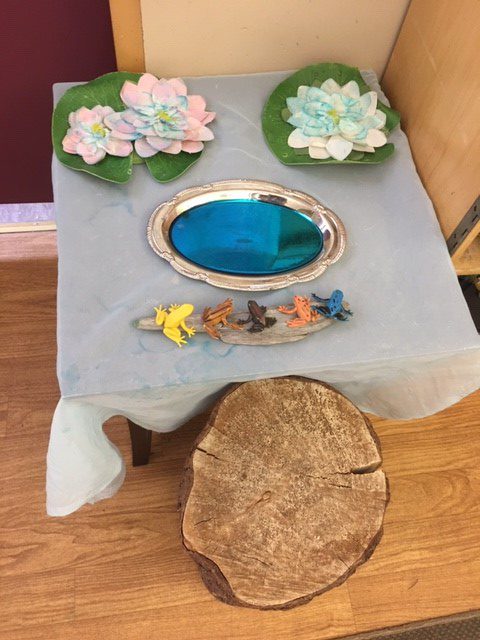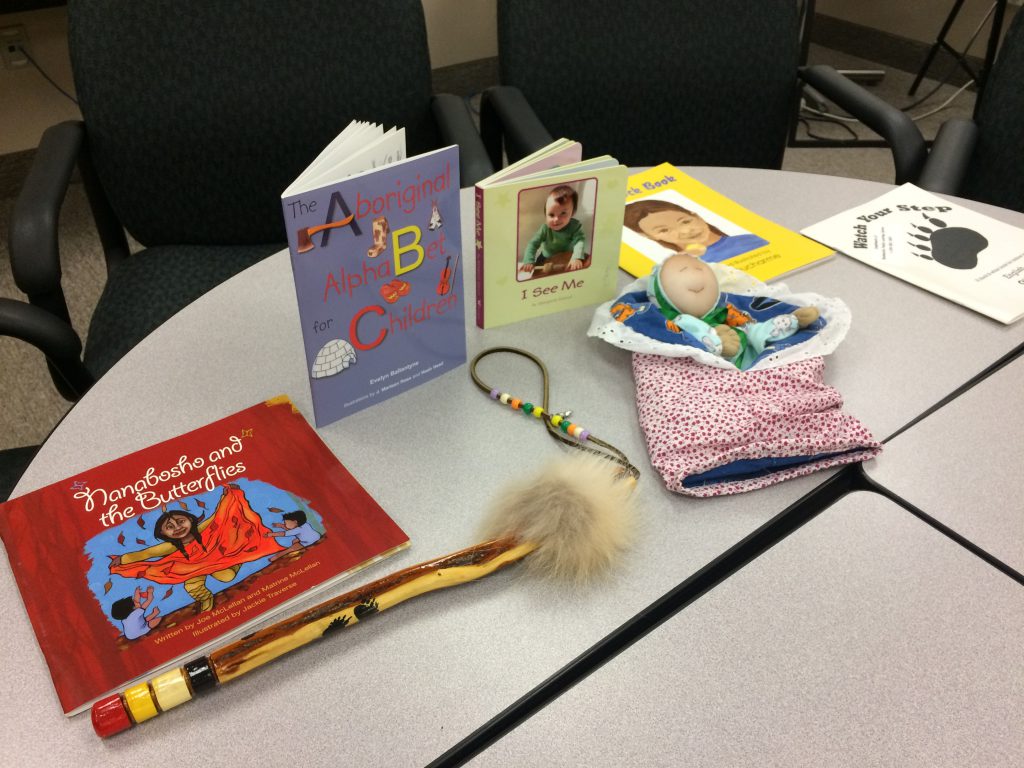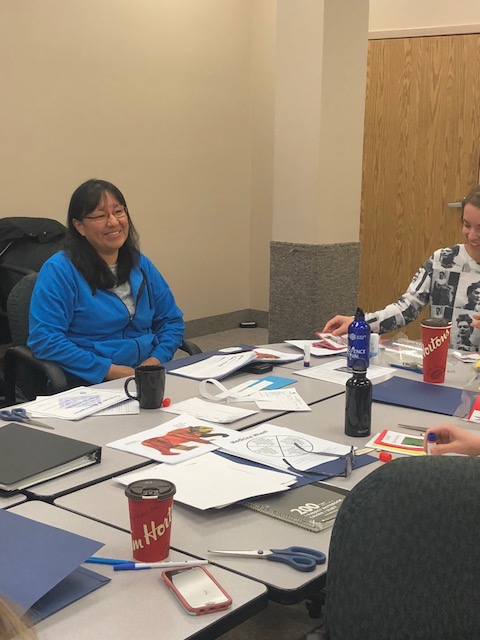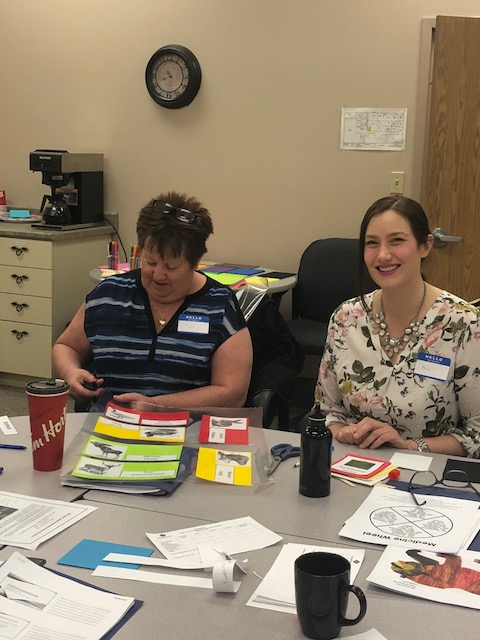The Ontario Reggio Association (ORA), in partnership with Reggio Children, has organized opportunities for a group of members to learn together in “ZOOM” gatherings with Tiziana Filippini. This opportunity begins next week, however there are still a few spaces available.
“Participants will research one aspect of theory-in-practice together, so conversation in our online gatherings can be focussed. Tiziana’s suggestion of the assembly – the time in the day when the whole group gathers to revisit what is “in play” as the metaphorical ball goes back and forth among and between children and educators, engage in conversation and plan the day – resonated with us. We recognize the potential for this focus to open consideration of how we support conversation with and among children, how we invite and provoke and sustain their engagement with ideas and materials, how we build a group every day, and how documentation reveals our thinking and being. Although infant-toddler centres and preschools here often include “circle time”, the idea of a morning assembly (perhaps we might call it a daily reunion – coming together again as one) is less common. We would like to invite educators to come together in a virtual piazza to interrogate the way we typically organize the day with and for children. We know that documentation is central to this research into our thinking and practice, and sharing it so we can think together is essential.”
Here is an outline of what the ORA is thinking:
- 4 Zoom Meetings with Tiziana Filippini – 12:30 – 2:30pm
- 4 Zoom Meetings with ORA only – 6:30 – 8:00pm
- Must be a Member of ORA (a one-year membership is $25 and information can be found here: https://ontarioreggioassociation.ca/membership/)
For more information see the attached photo or visit the ORA website: https://ontarioreggioassociation.ca/product/piazza-ora-re-cognizing-the-morning-gathering/










































